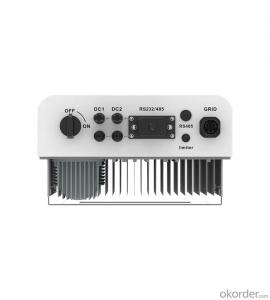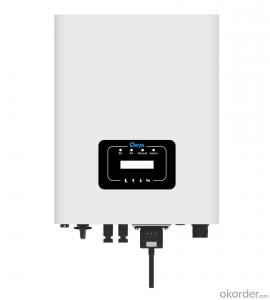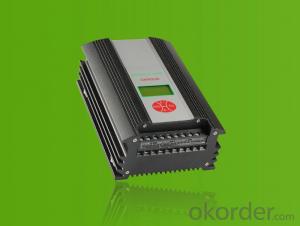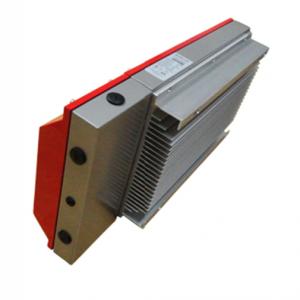Dual Mppt Solar Inverter
Dual Mppt Solar Inverter Related Searches
Mppt Solar Inverter Mppt Solar Power Inverter Mppt Inverter Solar 2kw Mppt Solar Inverter Mppt Hybrid Solar Inverter Mppt Based Solar Inverter Mppt Solar Hybrid Inverter Mppt Solar Pump Inverter Mppt Inverter For Solar System 2kva Mppt Solar Inverter Microtek Mppt Solar Inverter 12v Mppt Solar Inverter Dual Solar Inverter Best Mppt Solar Inverter China Mppt Solar Inverter Mppt Solar Inverter Charger 1kw Mppt Solar Inverter 24v Mppt Solar Inverter Dual Input Solar Inverter Mppt Solar Inverter Price Mppt Solar Inverter 24v 24 Volt Mppt Solar Inverter Dual Inverter Solar Mpp Solar Power Inverter Mpp Solar Inverter Mppt Solar Inverter 48v Apollo Mppt Solar Inverter 3 Mppt Solar Inverter 5kw Mppt Solar Inverter Mpp Solar Hybrid InverterDual Mppt Solar Inverter Supplier & Manufacturer from China
Dual MPPT Solar Inverters are advanced solar power conversion devices that enhance the efficiency of solar energy systems by managing the power generated from multiple solar panels. These inverters utilize a unique Maximum Power Point Tracking (MPPT) technology, which allows them to optimize the power output from each solar panel individually, ensuring maximum energy harvest even under varying sunlight conditions.The Dual MPPT Solar Inverter is widely used in various applications, such as residential, commercial, and off-grid solar power systems. It is particularly beneficial in scenarios where solar panels are exposed to different levels of sunlight or when the panels are not perfectly aligned, as the inverter can independently manage the power from each panel, maximizing the overall energy output. This feature makes it an ideal choice for installations with limited space or those that require flexibility in panel placement.
Okorder.com is a reputable wholesale supplier of Dual MPPT Solar Inverters, offering a vast inventory to cater to the diverse needs of customers worldwide. With a commitment to quality and customer satisfaction, Okorder.com ensures that the Dual MPPT Solar Inverters they provide are of the highest standards, meeting the specific requirements of various solar energy projects.
Hot Products









































